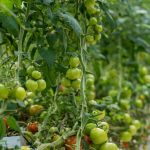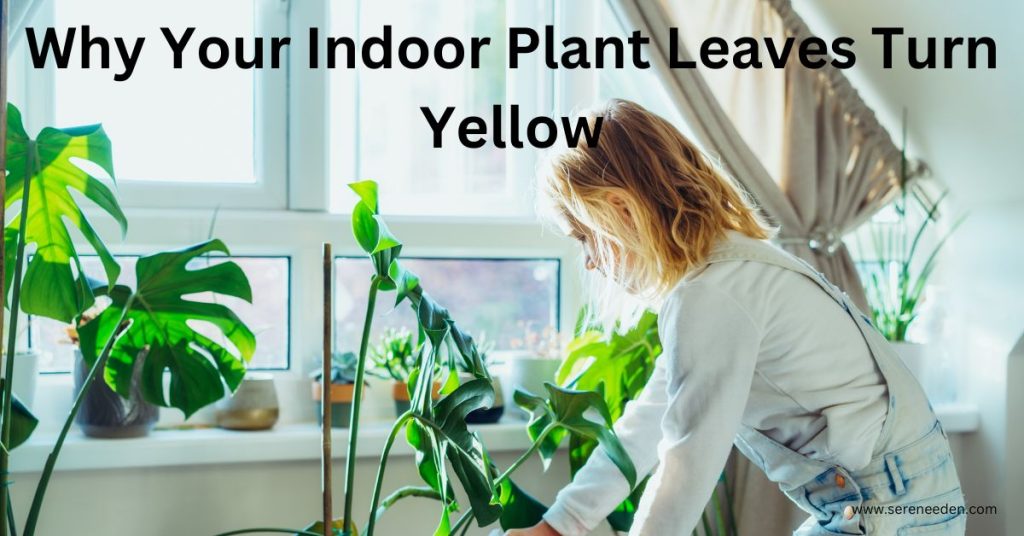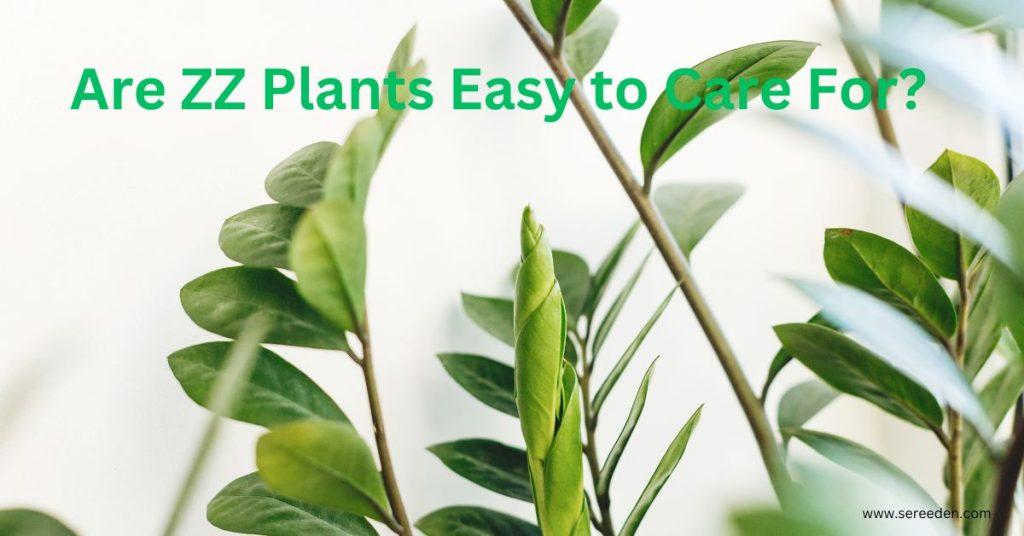Why Your Indoor Plant Leaves Turn Yellow (9 Possible Reasons)
If you have indoor plants, you’ve likely encountered your beloved green companions turn yellow. You might be wondering why your indoor plant’s leaves turn yellow. Well, the answer to this question is as diverse as the species of plants themselves.
The transformation from lush, vibrant green to yellow leaves can be quite concerning. But worry less because you can remedy the yellow leaves. In this guide, we will explore the ‘whys’ behind yellow leaves so you will be well-equipped to care for your green companions.
Keep reading to find out more!
9 Reasons Why Your Indoor Plant Leaves Turn Yellow
Overwatering
One of the leading causes of yellow leaves in indoor plants is overwatering. When there is so much water in the soil, your plant roots can’t breathe, leading to root rot. And when your plant roots have rotted, they cannot take nutrients to the rest of the plant, causing the leaves to turn yellow.
Underwatering

Conversely, underwatering has the same effect as overwatering. Denying your plant enough water will unable the roots to transport nutrients, thus resulting in yellow or brown leaves.
Nutrient Deficiency
Your plant leaves can also turn yellow due to nutrient deficiency, such as lack of Nitrogen, Iron, Magnesium, or potassium. However, it’s good to note that nutrient requirements are different for each plant.
If your plant has Nitrogen deficiency, it might show signs of yellowing in older leaves on the inner side of the leaves and later progress to the outer side and eventually affect younger leaves as well.
Plants with Iron deficiency will show signs of yellowing between the leaf veins, while plants with magnesium deficiency will show yellow patches between leaf veins in older leaves. Leaf edges will also turn yellow.
Additionally, plants with potassium deficiency will turn yellow on the leaf edges but later turn brown in older leaves. Consider using water-soluble or balanced fertilizers to address nutrient deficiency problems.
Diseases
Plant diseases like viral infections can turn your leaves yellow or brown. When your plant has a viral infection, yellow patches will spread throughout the plant and sometimes accompanied by discolored flowers and deformed stems or leaves.
Most of the time, viral infections in plants are not curable. The best thing to do is to isolate the infected plants to prevent the disease from spreading to healthy plants.
Lack of Enough Light

If your indoor plant receives too little light, the lower leaves or sides turned away from light will start to yellow.
Luckily, there is a remedy for this. You can turn your plant daily or weekly so all sides receive equal lighting.
Pests
Some pests, like spider mites or aphids, may suck sap from your plant leaves, causing the leaves to turn yellow. Always check for pests under your plants’ leaves. If your plant is infested by pests, you can increase the humidity around your plant with a humidifier to scare away the pests.
Aging
Some plant leaves yellowing can result from the normal process of plant aging. Old plant leaves turn yellow before they fall off.
Excessive Fertilization
Fertilizing your indoor plant is important for healthy growth. On the flip side, over-fertilizing your indoor plant can harm the plant. Excessive salts from the fertilizer can accumulate in the soil, leading to nutrient imbalance, which causes yellow leaves.
Repotting

Repotting a plant from another location to your indoor space can cause its leaves to turn yellow. This is because the plant is trying to adjust to its new environment. For example, repotting a plant from the nursery might start to turn yellow.
In this case, the best thing to do is to give your new indoor plant time to adjust to its new environment.
Can a Yellow Leaf Turn Green Again?
Once a leaf has turned yellow, it cannot turn green again. Yellowing of leaves usually means that chlorophyll, the green pigment responsible for photosynthesis, is breaking down, which is usually irreversible.
However, you can prevent further yellowing by providing your plant with appropriate nutrients or addressing any cases of pests and diseases.
What Happens When An Indoor Plant Leaves Turn Yellow?
When indoor plant leaves turn yellow, it can indicate several possible issues like nutrient deficiency, overwatering, pests, and diseases. To prevent further yellowing, it is important to understand the cause to give your plant the proper care.
Do Yellow Leaves Mean Too Much Water?
Although overwatering is one of the most common causes of yellow leaves in plants, it can also mean the plant suffers from other causes. However, when a plant is overwatered, there is not enough oxygen in the soil, which means the roots are not transporting enough nutrients, thus, yellow leaves.
Summing Up
Yellow leaves in indoor plants often mean that your plant is in distress, either being deprived of enough light or nutrients or suffering from pests and diseases.
Now that you know why your indoor plant leaves turn yellow, addressing the underlying issues on time will help maintain a thriving and lush greenery in your indoor space.
Author Profile

- 🌿 Hello! I'm Mary, the nature-loving soul behind Serene Eden. Gardener, plant whisperer, compost connoisseur, sun-soaked plant enthusiast, and avid bee-watcher. Let's cultivate beauty, one bloom at a time. 🌱🌼
Latest entries
 Sustainable gardeningSeptember 2, 2024What is Sustainable Gardening?
Sustainable gardeningSeptember 2, 2024What is Sustainable Gardening? CypressAugust 7, 2024Leyland Cypress Tree – How to Grow and Care for leyland Cypress
CypressAugust 7, 2024Leyland Cypress Tree – How to Grow and Care for leyland Cypress Vegetable GardeningJuly 4, 2024Determinate Vs. Indeterminate Tomatoes
Vegetable GardeningJuly 4, 2024Determinate Vs. Indeterminate Tomatoes Vegetable GardeningJuly 3, 2024Growing Tomatoes in Pots – 9 Expert Tips for a Big Harvest
Vegetable GardeningJuly 3, 2024Growing Tomatoes in Pots – 9 Expert Tips for a Big Harvest



